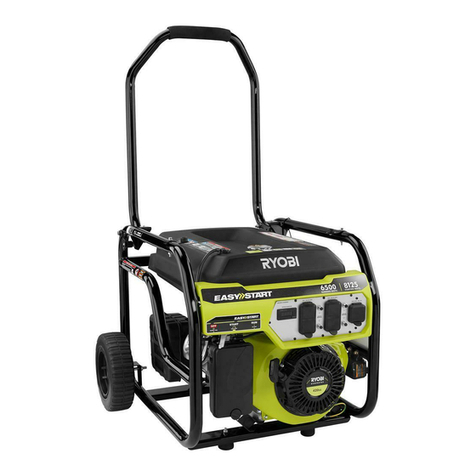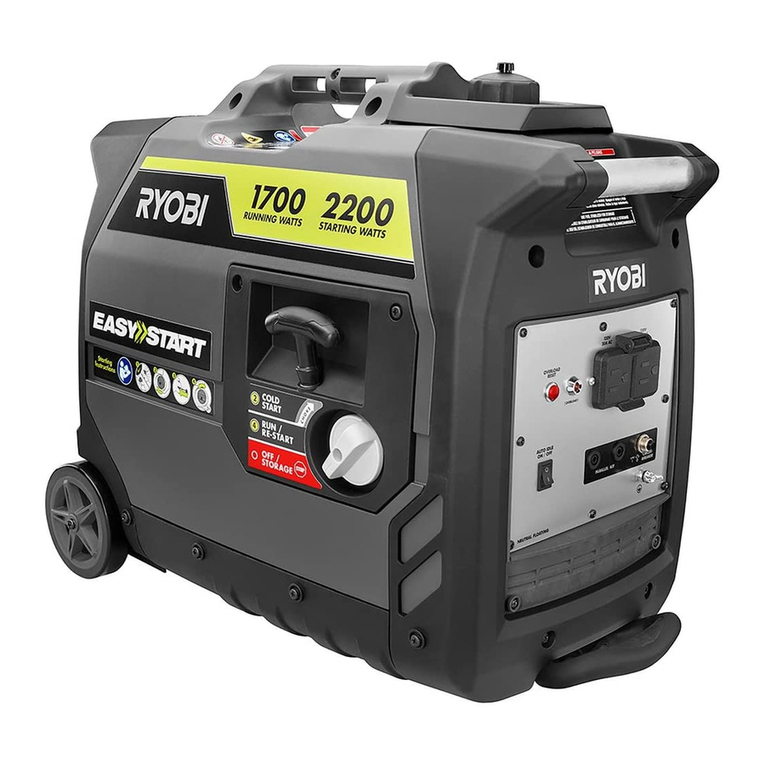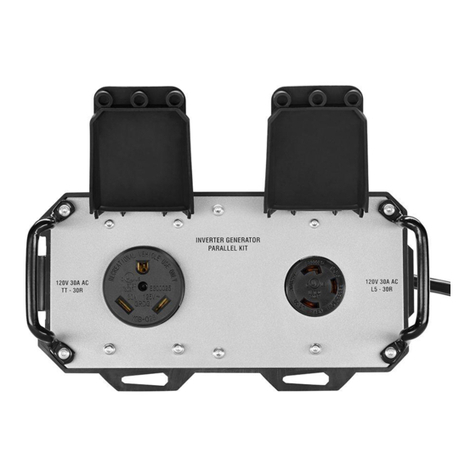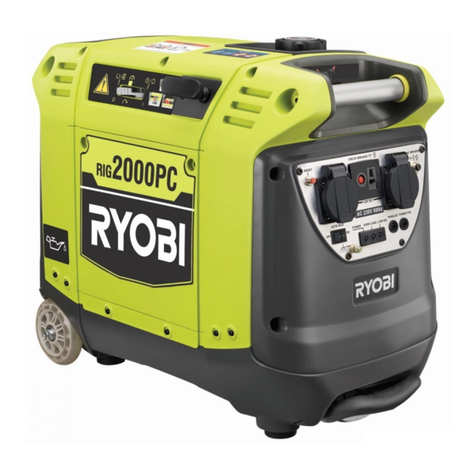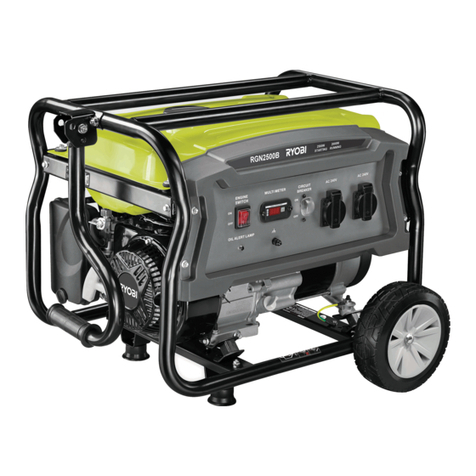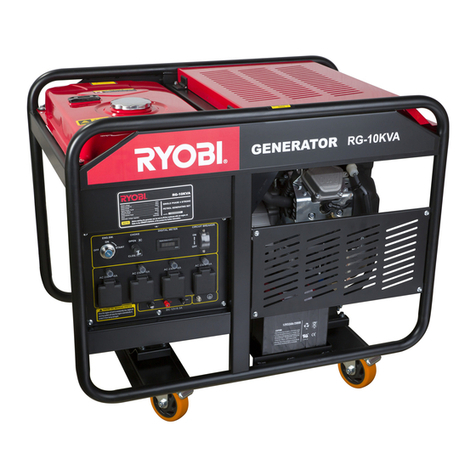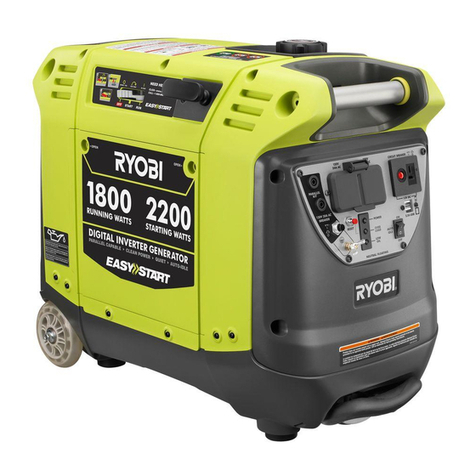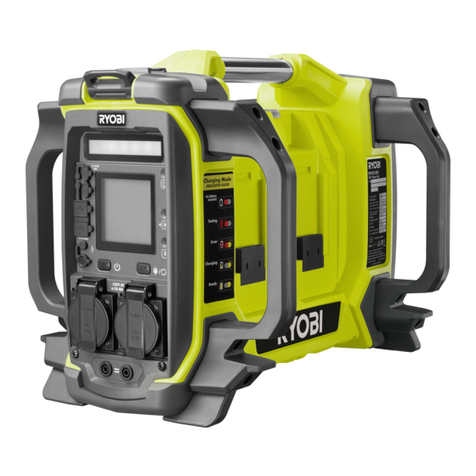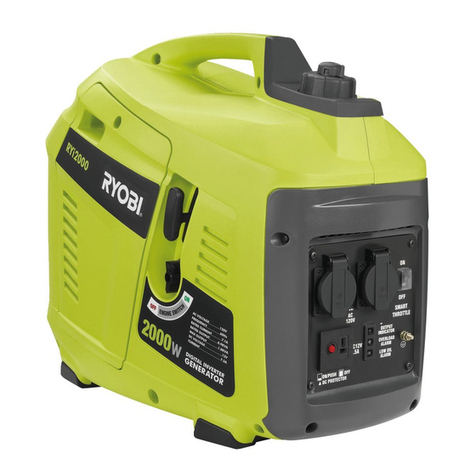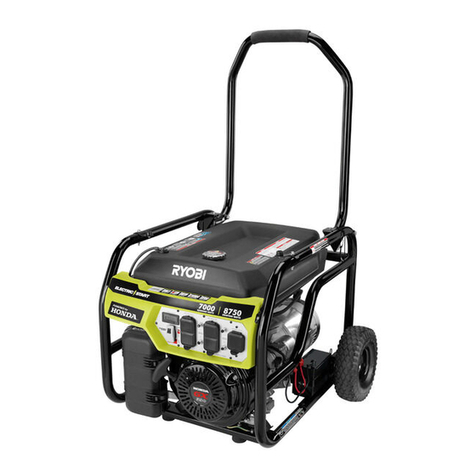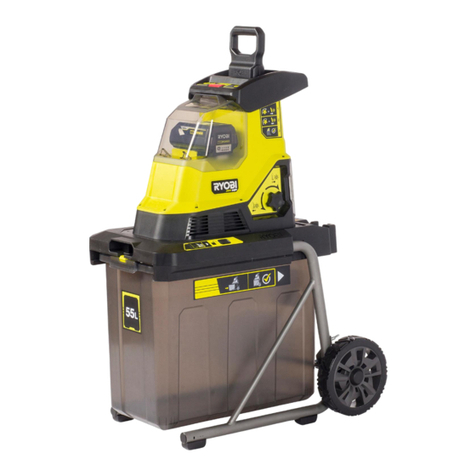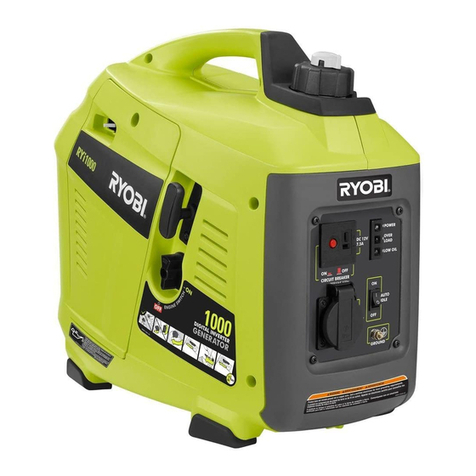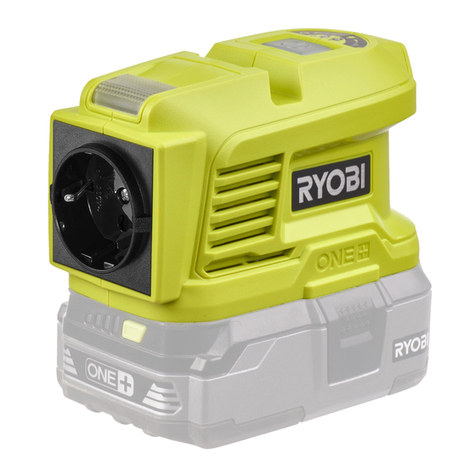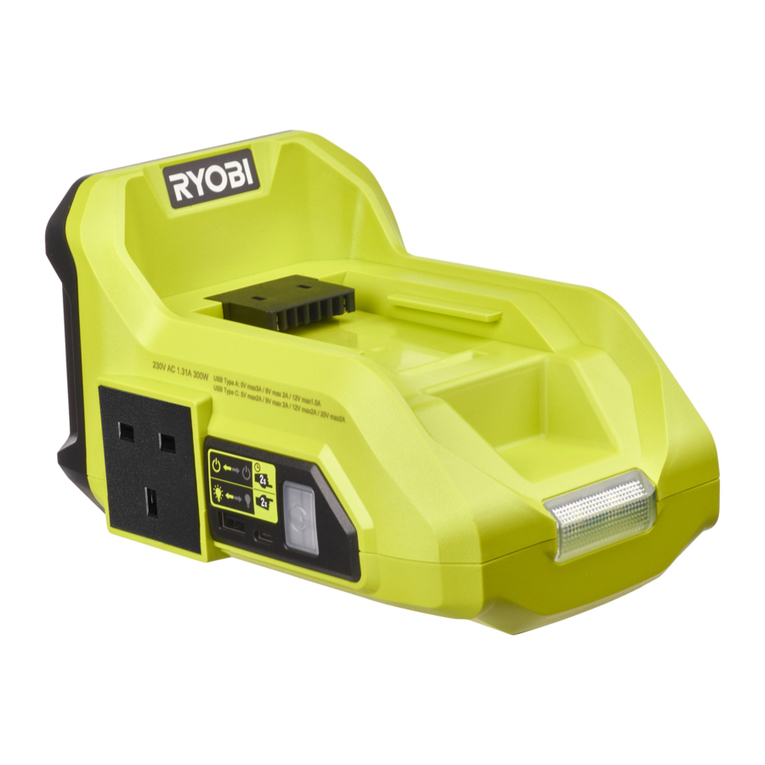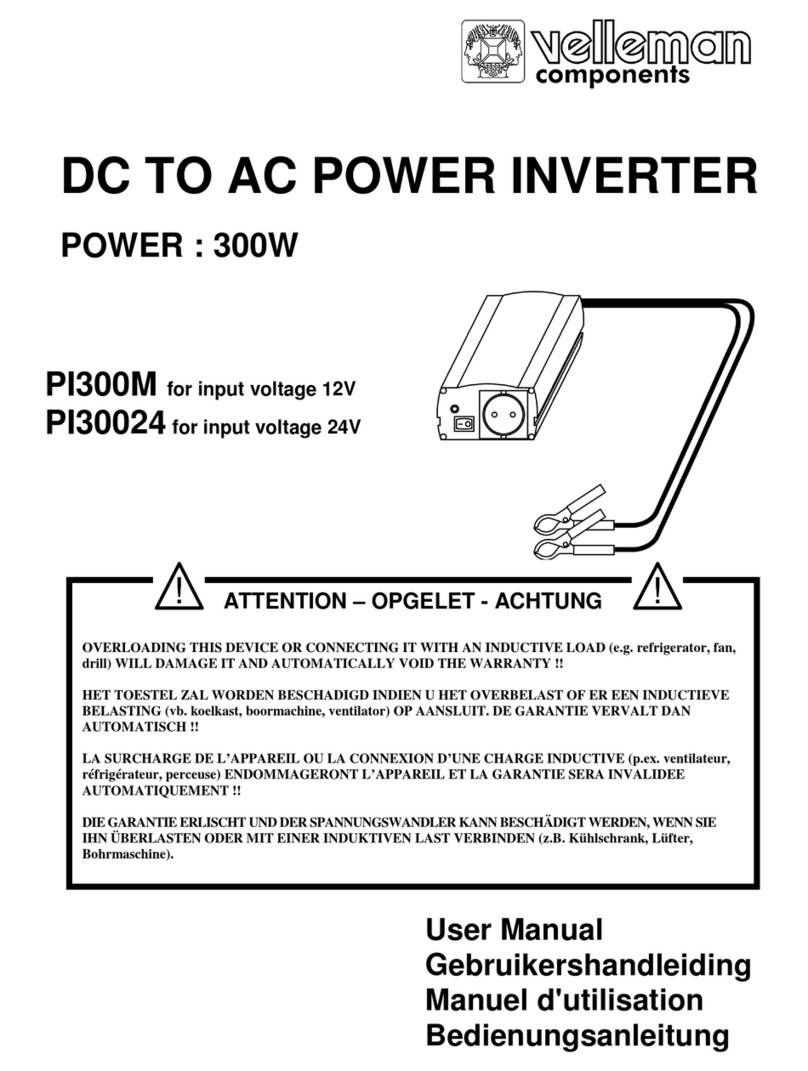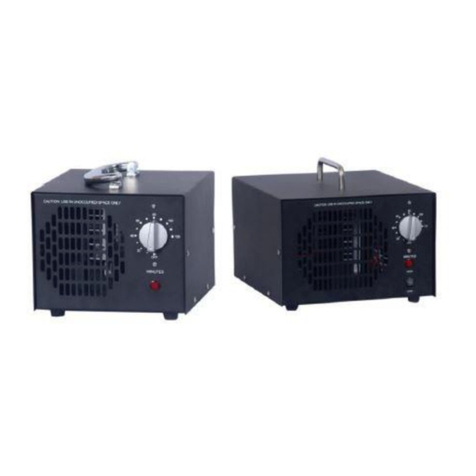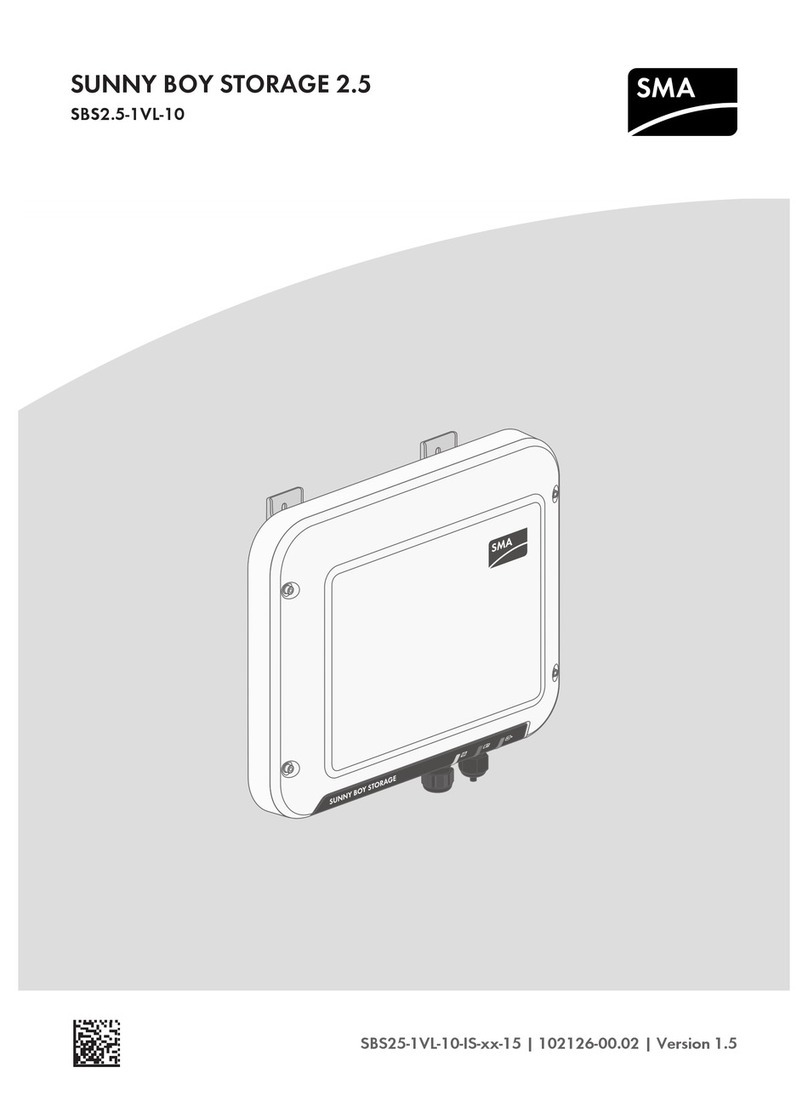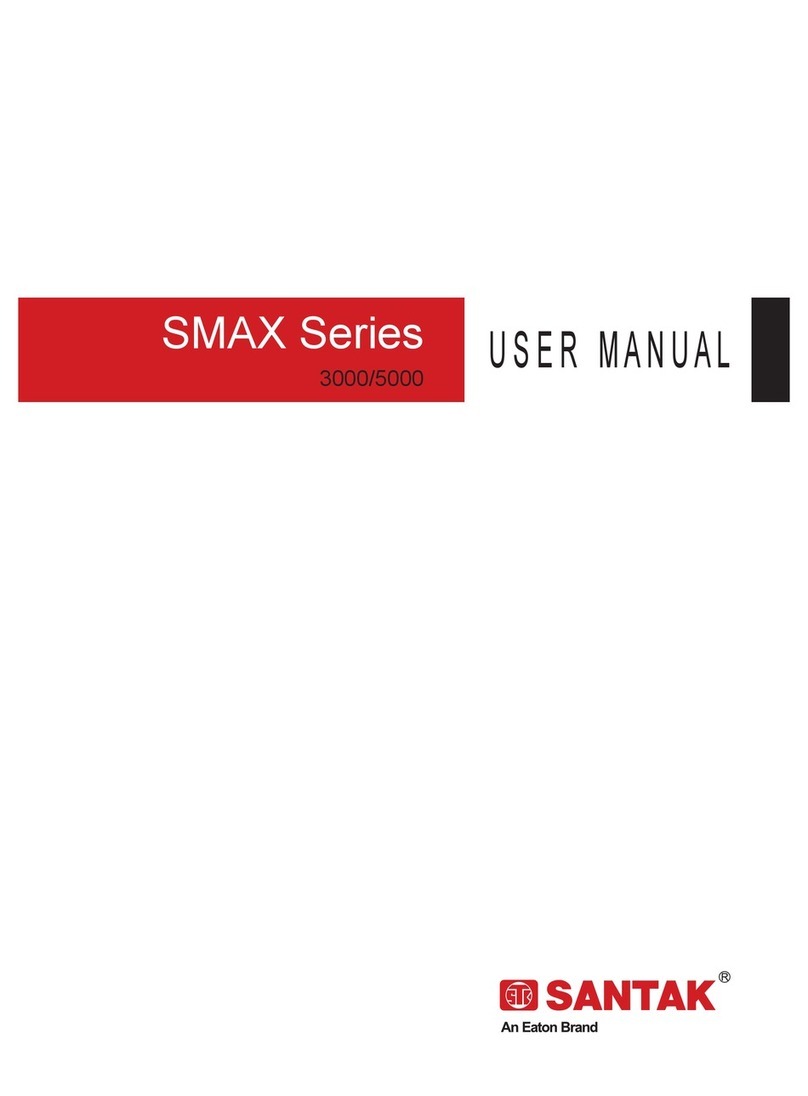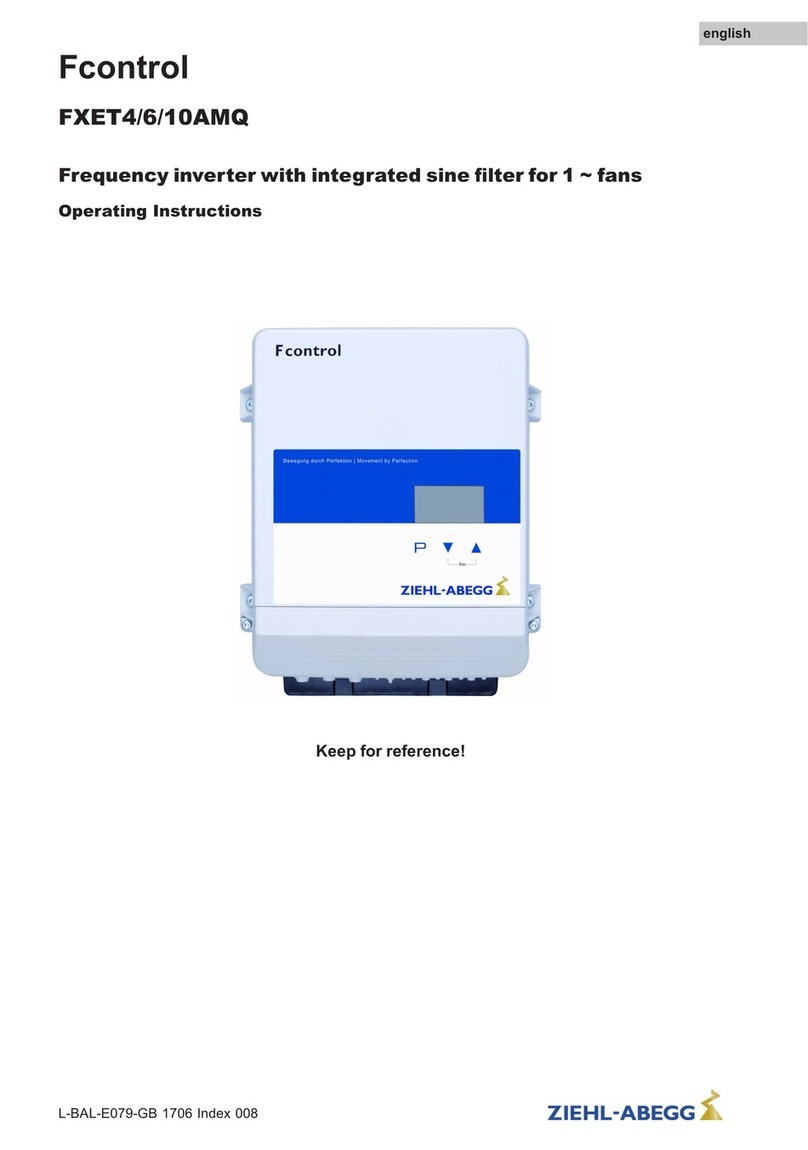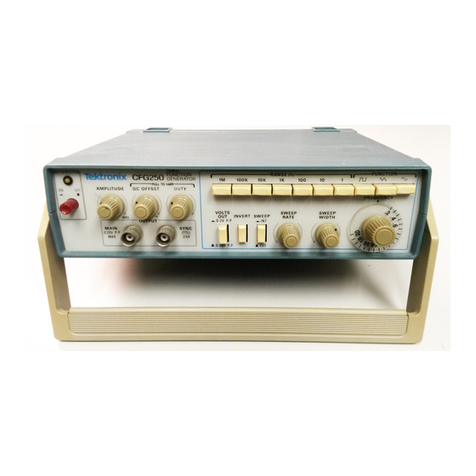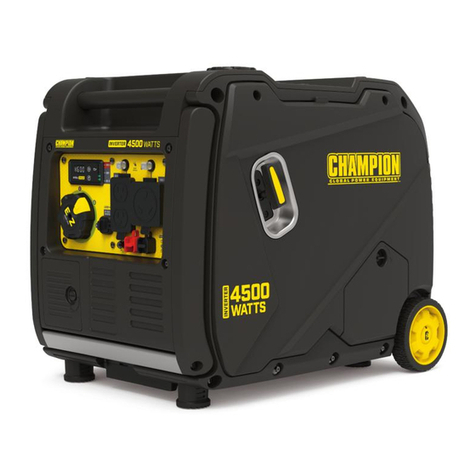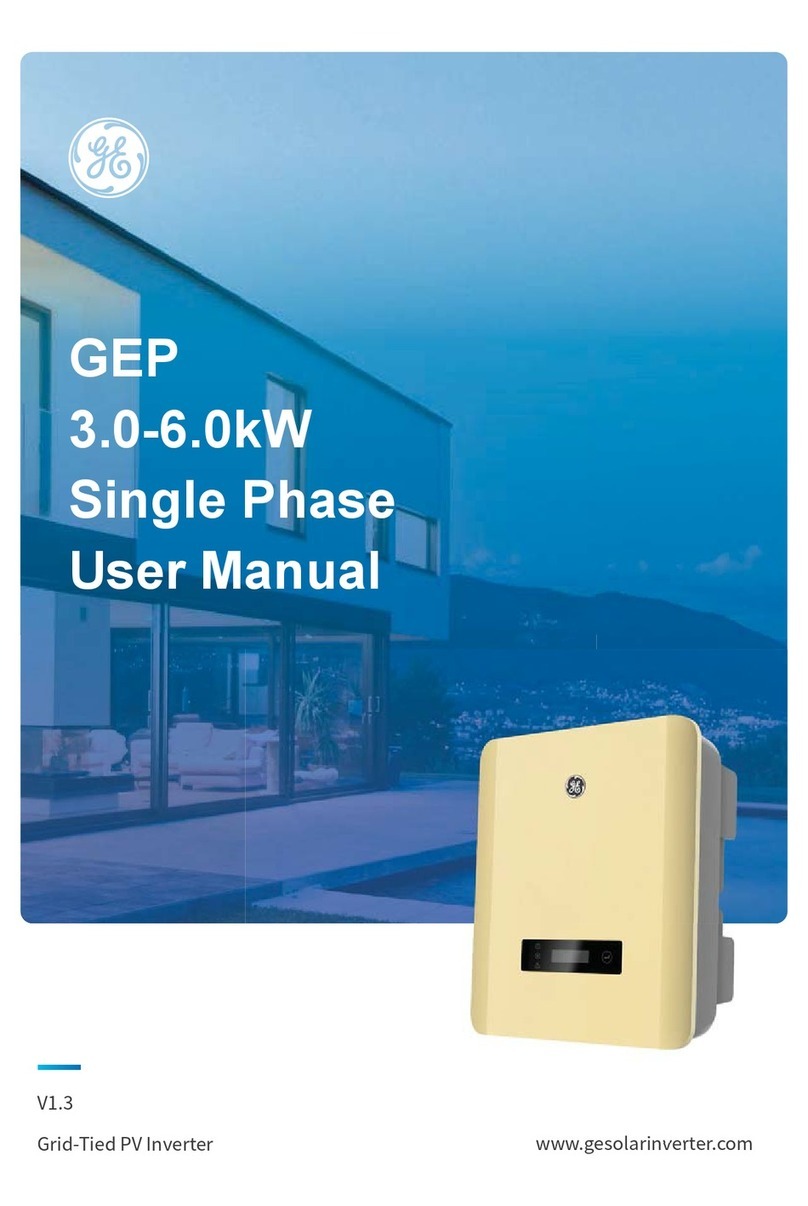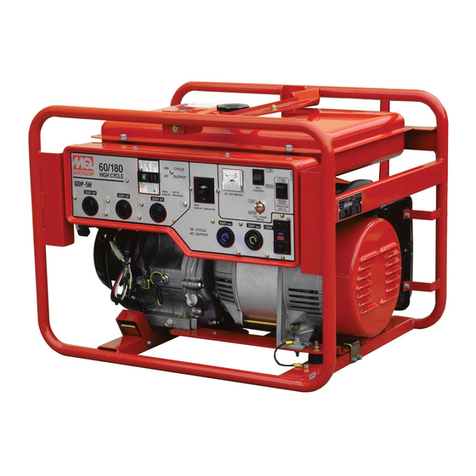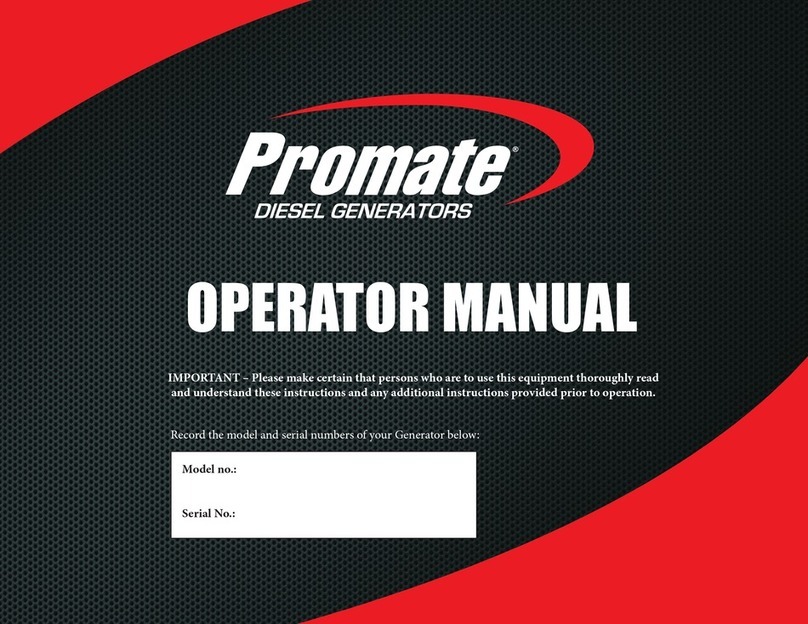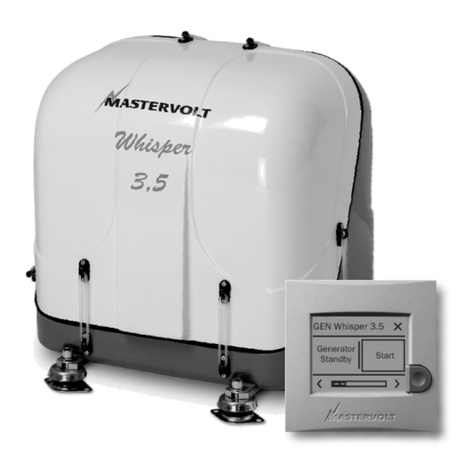
10 Traduction de la notice originale
Lors de la conception de l'onduleur de puissance sans fil,
l'accent a été mis sur la sécurité, les performances et la
fiabilité.
UTILISATION PRÉVUE
Le produit peut être utilisé aux fins suivantes :
■faire fonctionner et charger les appareils alimentés par
USB
■fournir une alimentation électrique pour faire fonctionner
les appareils et dispositifs en courant continu compatibles
Le produit est équipé de ports USB A et USB C. L'interrupteur
d'alimentation principale doit être activité pour que les ports
USB soient actifs. Les ports USB A fournit une puissance
de chargement de 5 V CA (jusqu'à 2,1 A). Les ports USB
C fournissent une puissance de chargement de 5 V CA
(jusqu'à 3 A), 12 V CA (jusqu'à 3 A) et 20 V CA (jusqu'à 3 A).
REMARQUE: Les ports de chargement USB dédiés
fournissent uniquement une alimentation électrique ; ils
n'offrent aucune capacité de communication. Les câbles
USB adaptés doivent être achetés séparément.
Ce produit est exclusivement destiné à un usage en
intérieur. Ne l'utilisez pour aucun autre travail.
Il peut y avoir des règlementations, des codes locaux ou
des décrets qui s'appliquent à l'utilisation prévue du produit.
Renseignez-vous auprès d'un électricien qualifié, d'un
inspecteur électricien ou de l'agence locale compétente :
■Dans certaines zones, les onduleurs de puissance
doivent être enregistrés auprès des entreprises de
services publics locales.
■Si le produit est utilisé dans un site de construction, des
règlementations supplémentaires peuvent devoir être
respectées.
AVERTISSEMENTS GÉNÉRAUX DE SÉCURITÉ
■Conservez ce mode d’emploi. Reportez-vous y
fréquemment et servez-vous en pour apprendre aux
autres utilisateurs éventuels comment utiliser l'appareil.
Si vous prêtez ce produit à quelqu'un, prêtez-lui
également ce manuel.
■Utilisez le produit uniquement avec les blocs de
batterie spécifiés dans ce manuel. Lors de l'utilisation
d'un produit alimenté par batterie, des précautions de
sécurité de base doivent toujours être respectées afin
de réduire les risques d'incendie, de fuite de la batterie
et de dommages corporels.
■Ne laissez jamais les enfants ou les personnes aux
capacités physiques, sensorielles ou mentales réduites,
ni les personnes non familiarisées avec ces instructions
utiliser, nettoyer ou entretenir le produit. Les lois locales
peuvent imposer un âge minimum à l’opérateur. Les
enfants doivent être bien surveillés afin de s’assurer
qu'ils ne jouent pas avec le produit
■Restez vigilant, regardez ce que vous faites et faites
preuve de bon sens lorsque vous utilisez l'appareil.
N'utilisez pas ce produit lorsque vous êtes fatigué,
malade, ou sous l'influence de l'alcool, de drogues
ou de médicaments. Un moment d'inattention lors de
l'utilisation de la machine suffit à provoquer de graves
blessures.
■N'utilisez pas la machine en atmosphère explosive,
comme en présence de liquides inflammables, de gaz
ou de poussières.
■N'exposez pas ce produit à la pluie ou à des conditions
humides. La pénétration d'eau dans le produit
augmentera le risque de décharge électrique.
■N’obstruez jamais les aérations. Des aérations
obstruées peuvent provoquer une surchauffe. Le produit
s'éteint automatiquement en cas de surchauffe.
■Gardez le produit dans un endroit frais. Ne placez le
produit près de bouches de chaleur et ne l'exposez à la
lumière directe du soleil.
■N’utilisez pas le produit s'il a chuté ou reçu un choc
violent. Une source d'alimentation endommagée
augmente le risque d'incendie.
■N'insérez pas de corps étrangers dans le produit.
■N'utilisez pas de pièces ou accessoires autres que
ceux recommandés par le fabricant pour cet appareil.
L'utilisation d'un accessoire non recommandé par le
fabricant peut entraîner un incendie, une décharge
électrique, ou des blessures.
■Utilisez le produit uniquement à l'aide du type de courant
alternatif mentionné dans les spécifications du produit.
■N'utilisez pas le produit avec des câbles électriques
qui sont usés, effilochés, dénudés ou endommagés.
N'alimentez pas les produits dont les cordons
d'alimentation sont endommagés ou effilochés.
■Ne touchez pas les fils nus ou les prises.
■Pour réduire le risque d'endommager à la prise
électrique et le câble, tirez sur la prise plutôt que sur le
câble pour débrancher le chargeur du produit.
■Faites preuve de prudence au moment de brancher ou
débrancher d'autres appareils dans le produit. Ne forcez
pas pour faire rentrer la prise dans le produit.
■Si le produit est utilisé d'une manière non précisée par
le fabricant, la protection fournie par le produit peut être
altérée.
■Ne surchargez pas le produit. Le produit doit être utilisé
pour alimenter des appareils d'une puissance inférieure.
■Assurez-vous que la taille du câble de la rallonge est en
mesure de transporter la charge requise. Une taille de
câble inappropriée peut causer une chute de tension,
susceptible d'endommager le produit et de surchauffer
le câble.
■Les exigences en matière de tension et fréquence de
fonctionnement de tous les équipements électroniques
devraient être vérifiées avant de les connecter au
produit. Alimenter un équipement qui n'est pas conçu
pour fonctionner dans une variation de tension de
±10 % et une variation de fréquence de ±3 Hz à partir
de la puissance nominale du produit peut causer
des dommages à l'équipement. Pour éviter tout
dommage, assurez-vous d'avoir toujours une charge
supplémentaire branchée au produit si un équipement
à semi-conducteur (tel qu'une télévision) est utilisé. Un
stabilisateur du courant de secteur est recommandé
pour certaines applications électroniques.
AVERTISSEMENT DE SÉCURITÉ CONCERNANT
L'ONDULEUR DE PUISSANCE
■Risque de choc électrique. En cas d'utilisation d'un
appareil mis à terre, le produit ne fournit pas de chemin
électrique vers la prise de terre. N’alimentez pas les
produits qui sont endommagés ou dont les cordons
d'alimentation sont endommagés ou effilochés.

